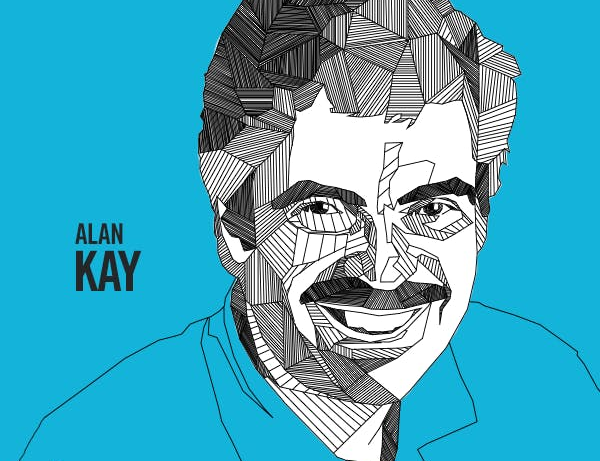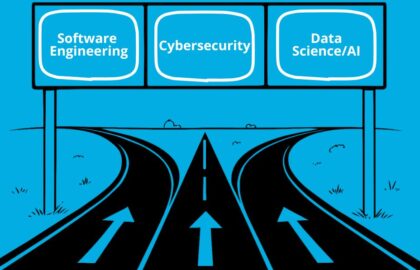Alan Kay began life as a precocious learner. Raised in the household of a father who designed limb prostheses and a mother who played music, the ambiance of art, science, and learning later infused itself into his lifetime body of work. He avidly read books before entering elementary school, and went on to study mathematics and molecular biology in college while moonlighting as a jazz guitarist. In 1966, Kay graduated from the University of Colorado and continued to the University of Utah where earned a Masters of Science in Electrical Engineering and a Ph.D. in Computer Science. In Utah, Kay's fascination with personal computers flourished, and that's where his story really began. Here are three reasons Kay changed the way you use computers to this day:
He made fundamental contributions to personal computing
Ever heard of a little thing called hypertext — you know, one of the features that makes the internet so wide-open and amazing? While Kay was working as a grad student in Utah, he paired up with Edward Cheadle, another student who was designing small computers for engineers. Kay was inspired by a demonstration on how to design interactive computers to form collaborative work groups, and applied those ideas to a personal computer he designed with Cheadle. It had windowing features, sharp graphics, and even a mouse, which became fundamental in the personal computer world for years to come. Kay also used the Smalltalk programming language he created to work on the Alto Computer, which acted as a stepping stone to contemporary personal computers.
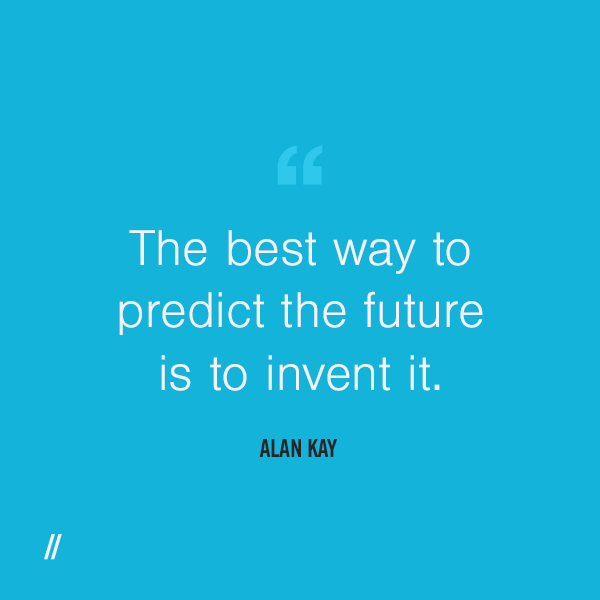
He pioneered contemporary object-oriented programming languages
As Kay went on to work at Xerox PARC, he realized that computers held the potential to incorporate a variety of media. Although that idea sounds simple, imagine it this way — when the Gutenberg printing press came about, it was the first time in history that humans could distribute the written word on a large scale. Kay’s ideas opened the door for the digital version of that revolution. To make this a reality, Kay needed a method for people to use his computer medium, so he and his team created the Smalltalk programming language. What originally began as a graphical programming language evolved into an object-oriented language with screen management, a user interface, and an editor.
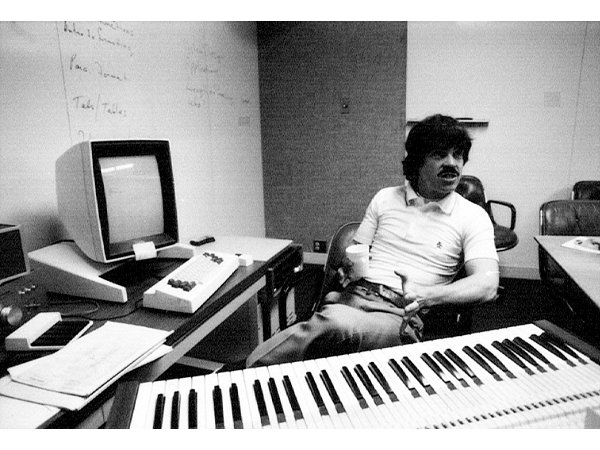
_Kay in his element with the Alto computer._Kay and his team released Smalltalk 42 years ago, and although people don’t use it as much today, it greatly influenced the creation of Objective-C, Java, and even Ruby and Python. Smalltalk was also an influential player in creating What You See Is What You Get (WYSIWYG) and Graphical User Interface (GUI), and set the standard for built-in object inspection and debugging tools. In sum — Kay opened the door to digital mediashare and pioneered the first dynamic object-oriented programming language. His concepts are still a staple for programmers around the world today.
He’s always been an advocate of education
Kay had a long-standing idea for a personal computer for children called the Dynabook. Inspired by the dynamic (rather than static) information the children would be able to access. The Dynabook’s design in 1972 was far ahead of his time, and looks rather similar to the tablets we use today. However, it had a few fundamental differences. Firstly, its prime purpose was to be used as an educational tool — a portable learning device for children. Kay studied the learning theories of people like Jerome Bruner, and worked with development psychologists to engineer the best product for a child. Kay pictured programs like Etoys to be featured on the Dynabook, free software that allows children to share visual and media-rich material as an educational tool. Although the Alto computer was launched as an “interim Dynabook” with a Graphical User Interface (GUI), Kay’s true vision of the Dynabook never truly came to fruition.
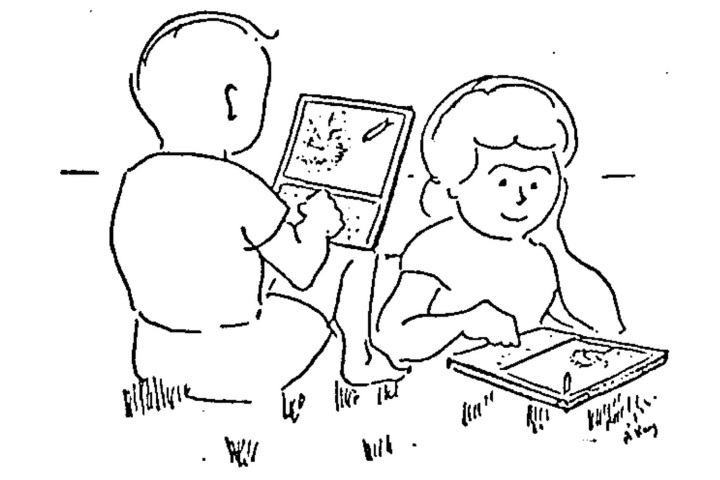
_Originally thought up in the 1970's, the Dynabook was a concept far ahead of its time._That didn’t stop Kay from investing in the future of kids and technology. He’s partnered with the One Laptop Per Child Program and Children’s Machine, and established Viewpoints Research Institute, a non-profit that dedicates its time to make educational media for kids.
“If you don’t fail at least 90% of the time, you’re not aiming high enough.”
Although not all of Kay’s visions came to fruition, he put it this way: “If you don’t fail at least 90% of the time, you’re not aiming high enough.” Dubbed the father of personal computers, his drive to create new, user-friendly ways for people to use technology broke the mold. It resulted in the lasting impact of object-oriented programming languages, and has fostered environments for children to learn dynamically with technology for years to come.
